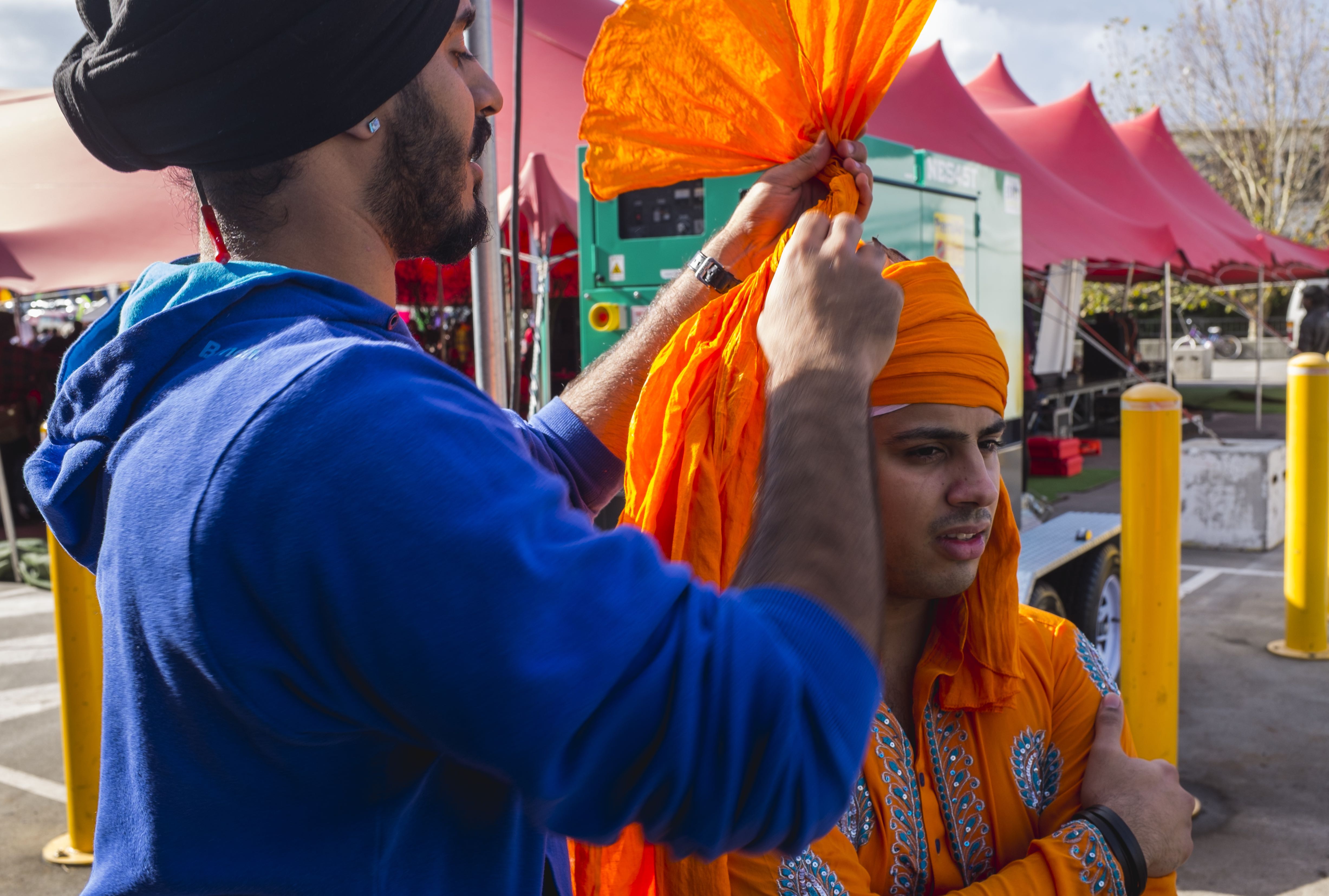
Health & Medicine
The young Australians hit hard during COVID-19

COVID-19 has pitched many young people into limbo. But waiting can be the seedbed for new social action, and young people are responding actively and creatively to bewildering change
Published 13 August 2020
In his book The Sense of an Ending, literary critic Frank Kermode considers the ticking of a clock. In the case of most clocks, each tick is an identical sound. But our brains impose an order on the sounds. We hear the first noise as ‘tick’ and the second as ‘tock’.
Kermode likened this creation of ticks and tocks to the human desire to create narratives in our lives – a sense of a beginning and an end.

For Kermode, the short interval between tick and tock is full of expectation: we anticipate the inevitable tock that follows every tick. This period corresponds to the Greek word for time ‘kairos’ – ‘meaning-filled time’.
By contrast, the interval between tock and the next tick has a completely different quality: tock is a full stop, the time after it carries no weight of expectation. Kermode calls this period ‘chronos’ – dead time.

Health & Medicine
The young Australians hit hard during COVID-19
The COVID-19 pandemic and its economic fallout has left many young people around the world stuck in a particular type of blank time similar to that between tock and tick.
My research has been about how young people react to ‘dead time’. In the 2000s, I spent three years living in small town western Uttar Pradesh, north India, conducting research with young people aged 18 to 30.
Many of these young people were brought up with a regular procession of tick tocks characterising their lives. They took tests in school, for example, and they typically passed and graduated to the next class. But they came into the job market at a time when graduate employment was extremely scarce. It was common for several hundred people to apply for a single government job.
A common refrain among youth at the time was that their lives had become exercises in ‘timepass’, or just passing time. “What are you doing,” I’d ask. “Nothing” many people would reply. “Nothing?” I’d persist. “Timepass” was the answer.

The notion of being ‘stuck’ in the dead time between a tock and tick – of being mired in ‘timepass’ – was related not only to mass unemployment, but a sense of being detached from local life and left behind relative to young people in more prosperous parts of the world.
But I also showed in my book Timepass that young people responded to their state of waiting in active and creative ways.

Waiting isn’t a passive state; it can be a seedbed for new forms of social and political action.
Youth in western Uttar Pradesh who felt that they were just passing time were also highly active – they campaigned for better education and helped their communities. They worked especially hard to try to change the run-down universities in which they were studying, by addressing problems of corruption.
‘Timepass’ was never a straightforward description of what youth were doing.
It was a self-stereotype that allowed people across gender, caste and religious divides to find some common cause – “we are all in a situation of mass unemployment, we should all find ways to manage”, was the type of statement I heard many times.
And the social and political action in which young people engaged wasn’t only aimed at improving their own and their communities’ situation, it also had a psycho-social effect – it restored for some people their sense of tick and tock.

During the pandemic we are seeing a range of new ways in which ‘stuckedness’ becomes apparent, through lockdowns, the inability to travel, and increased unemployment and social isolation.
These heartbreaking forms of loss are often superimposed upon other forms of limbo, like the situations of refugees or insecure labour migrants.

Politics & Society
The problem with being young in India
But even in these dire situations there is evidence of the same creative responses to waiting that characterised my experience in Uttar Pradesh.
During COVID-19 young people are finding ways to assist in healthcare, food provision, and community support in places as diverse as Cote D’Ivoire, Nigeria, and India.
Perhaps the most remarkable of these coping mechanisms is the manner in which young people are using social media, not only to ‘survive’ periods of lockdown and heightened uncertainty but to pursue social and political goals and restore a sense of narrative purpose.
The use of the app Tik Tok is a case in point. Young people have employed this app to assist in shaping US politics, via critiques of President Trump. Tik Tok has also been crucial in spreading awareness among young people of the issues surrounding Black Lives Matter and Extinction Rebellion.
At the everyday level, Tik Tok also provides a feeling of being able to manipulate time to develop short online ‘products’. It may be part of efforts to restore some sense of narrative purpose in the midst of relative inertia.
Banner: Getty Images